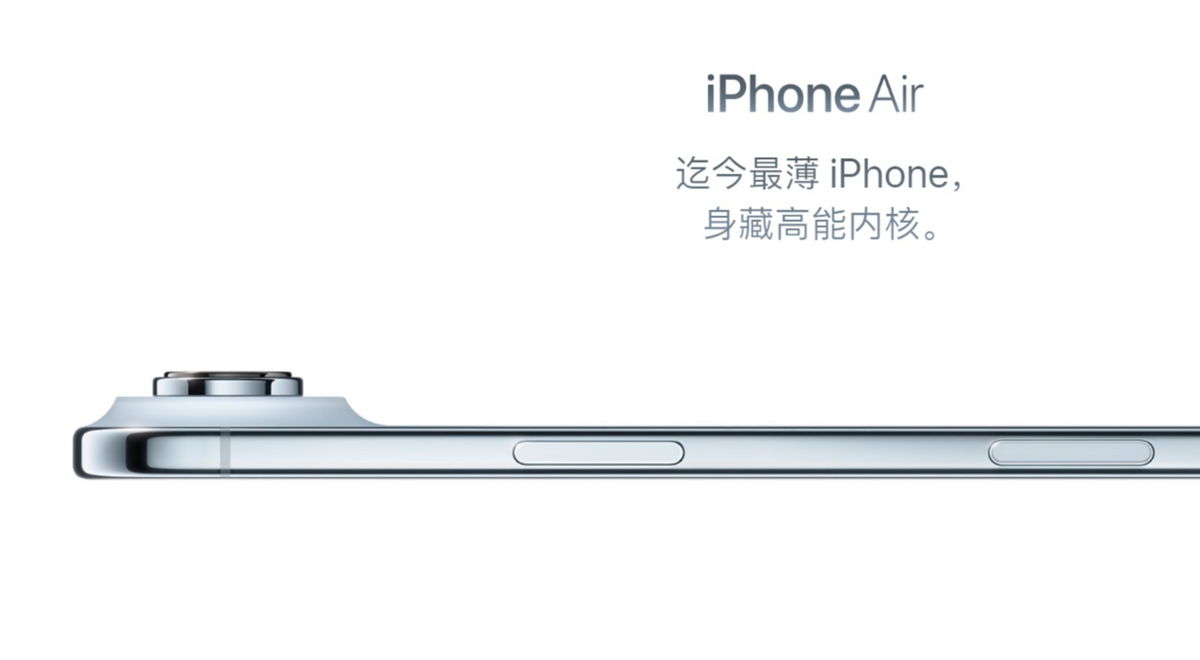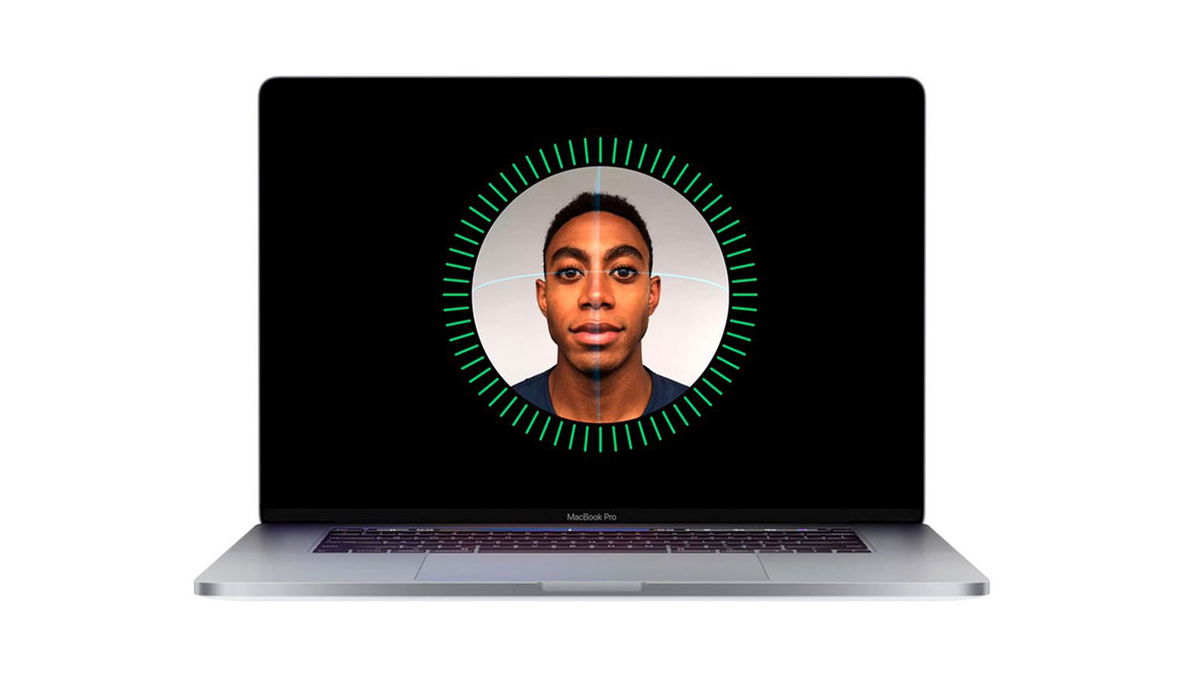Xiaomi 13 Ultra has already been introduced to the global market and the Chinese company has decided to introduce its latest flagship. In addition to a very innovative and attractive design, Xiaomi has equipped it with an impressive set of cameras that would turn the average competitor paleas well as internal components that leave no doubt that this is a real beast.
In addition to introducing their new mobile phone, the company decided to supplement its ecosystem with other rather interesting devices. One of them is the new Xiaomi Smart Band 8, which has new features. Similarly, we saw the arrival of the Xiaomi Pad 6 Pad 6 Pro, two tablets that directly compete with products like the iPad or its Samsung counterparts.
But, since we know that Xiaomi 13 Ultra outperforms many of its competitors, we decided to compare it with the two most popular devices and capable of the current market: iPhone 14 Pro Max and Samsung Galaxy S23 Ultra. How well does it stand out?
Comparison table: Xiaomi 13 Ultra vs. iPhone 14 Pro Max vs. Samsung Galaxy S23 Ultra
| Specifications | xiaomi 13 ultra | iPhone 14 Pro Max | Samsung Galaxy S23 Ultra |
|---|---|---|---|
| Screen | 6.7″ Quad HD+ AMOLED screen refresh rate 120Hz Brightness 2600 nits |
Super Retina XDR 6.7 inch OLED screen ProMotion: variable refresh rate from 10 to 120 Hz HDR10 Up to 2000 nits of brightness Contrast 2,000,000:1 true tone |
6.8″ AMOLED QHD+ resolution Adaptive refresh from 1 to 120 Hz 100% DCI-P3 perforated panel Gorilla Glass Victoria 2 |
| Screen resolution | 1440 x 3200 pixels | 2796 x 1290 pixels | 3080 x 1440 pixels |
| CPU | Qualcomm Snapdragon 8 Gen2 | Chip A16 Bionic | Qualcomm Snapdragon 8 Gen2 |
| RAM | 12GB/16GB LPDDR5X | 6 GB | 12 GB / 12 GB |
| Internal storage | 256GB/512GB/1TB UFS 4.0 | 128 GB, 256 GB, 512 GB, 1 TB | 256 GB, 512 GB, 1 TB |
| rear camera | 50MP Quad Camera (Main, Telephoto, Periscope Telephoto, Wide Angle) | Triple camera 48 MP (main), 12MP (Ultra Wide), 12MP (Telephoto), Night Mode, Deep Fusion, Smart HDR 4, ProRAW, Dolby Vision HDR, Image Stabilization |
Quad cameras 200 MP (main), 12 MP (wide), 10 MP (telephoto), 10 MP (telephoto), night mode |
| Front-camera | 32 MP f/2.0 | Camera 12 MP, night mode, Deep Fusion, Smart HDR 4, Dolby Vision HDR | Camera 12 MP, night mode. |
| Battery | 5000 mAh, fast charging up to 90W. Also compatible with wireless and reverse charging. | 4323mAh, 20W fast charge (charger not included) 15W MagSafe Charging 7.5W Qi charging |
5000 mAh, fast charging 45W, wireless charging 15W, reverse charging |
| OS | iOS 16 | Android 13 Single UI 5.1 | |
| Weight and dimensions | 163.18 x 74.64 x 9.06mm 227 grams |
160.7 x 77.6 x 7.85mm 240 grams |
163.4 x 78.1 x 8.9 mm 234 grams |
| connectivity | 5G, Wi-Fi 6E, Bluetooth 5.3 and NFC | 5G, Wi-Fi 6, Bluetooth 5.2, GPS, Satellite | 5G (2xNano + eSIM), WiFi 6E, Bluetooth 5.3, GPS, NFC, UWB, USB Type-C |
Classic competition for power
There are no surprises inside the Xiaomi 13 Ultra, but the Snapdragon 8 Gen 2 is more than capable of impressive results. In the case of the Samsung Galaxy S23 Ultra, we found the same chip, so the results in this section are not that far off. offers 8 cores and 8 threads in both versions. This is the difference between Apple’s iPhone 14 Pro Max, which has its own A16 Bionic with 6 cores and 6 threads.
While the iPhone 14 Pro Max may seem like a disadvantage due to the number of cores, the reality is quite different. The results of benchmarks such as CPU-Monkey show that Apple mobile takes the crown in single-core and multi-core performance.
However, where it is surpassed by the Snapdragon 8 Gen 2 that powers the Xiaomi 13 Ultra and the Galaxy S23 Ultra is in the graphics performance section. Qualcomm processor supplants Apple A16 Bionic for a big difference. However, when it comes to flagships, this is something you won’t notice in everyday life.
| Model | One core | multi-core | GPUs |
|---|---|---|---|
| Apple A16 Bionic | 1890 | 5465 | 2000 |
| Qualcomm Snapdragon 8 Gen2 | 1542 | 5062 | 3000 |
Xiaomi 13 Ultra and its impressive autonomy

This new Xiaomi 13 Ultra has a 5000 mAh battery, which is also the same capacity as the Galaxy S23 Ultra. iPhone 14 Pro Max, for its part, falls behind with a 4323 mAh battery. Obviously, factors such as software optimization and the processor are included in the expense, but in pure numbers, Android phones outperform Apple.
But where the iPhone really pales is in fast charging. It barely hits 20W with Lightning and 15W with wireless methods.. Followed by the Samsung Galaxy S23 Ultra with 45W and 10W respectively.
Meanwhile, Xiaomi 13 Ultra takes the crown by offering impressive 90W for first, 50W for fast chargewhich also supports reverse charging to share the battery with other devices.
Screen worthy of the first place

Among other things, there is one thing that makes this Xiaomi 13 Ultra stand out, and that is its screen. With a 6.73-inch panel and 2K (3200 x 1440) resolution, it can go unnoticed. However, thanks to LTPO3 AMOLED technology, 2600 nits maximum brightness, HDR10+, Dolby Vision and adaptive refresh rate (from 1 Hz to 120 Hz), it outperforms its two competitors by quite an impressive margin.
The Samsung Galaxy S23 Ultra, for example, offers a 6.8-inch panel and QHD+ (3088 x 1440 pixels) resolution, as well as Xiaomi-identical HDR10+ LTPO Super AMOLED technology with an adaptive refresh rate. Nevertheless, its maximum brightness is limited to 1750 nitsoffering a weaker result than the Chinese mobile phone.
For its part, the iPhone 14 Pro Max is perhaps closest to competing with this Xiaomi in terms of brightness. Apple’s mobile reaches 2000 nits but pales in resolution with a meager 2778 x 1284 pixels.. However, it can also offer HDR and 120Hz ProMotion technology. In addition, we find the integration of TrueTone, Apple’s own system that allows you to calibrate the colors of the screen according to the lighting in the room.
Cameras, real turning point

Although we have already tested the impressive cameras of the Samsung Galaxy S23 and iPhone 14 Pro Max, the Xiaomi mobile is still under review. However, as seen from his presentation, we can predict very positive things.
The iPhone 14 Pro Max offers a triple sensor setup. The most important of these is the 48-megapixel camera, as well as the wide-angle lens and the 12-megapixel telephoto lens.. Certainly a favorite of the average user, not only for its versatility and impressive video recording skills up to 4K and 60fps, but also for its superb quality when sharing on social media.
Meanwhile, S23 Ultra mounts a module consisting of four sensors. The 200MP main camera is complemented by a 12MP wide-angle lens, a 10MP telephoto lens, and a lens of the same number. This camera has become a favorite among photography enthusiasts, offering exceptional results.
Xiaomi’s Impressive Promise
Xiaomi 13 Ultra, for its part, installs the largest sensor of any smartphone today, with a 1-inch IMX989 and the ability to take photos at a resolution of 50 MP. In addition, it uses a Summicron lens that delivers unparalleled precession when capturing images for an extremely natural result. The same lens is present in the rest of his cameras, as well as the number of megapixels.
Except, This Xiaomi 13 Ultra is compatible with accessories that will enhance the photographic experience.. For example, you can get a protective lens for their cameras, a 67mm mount adapter, or a handle to better hold the device and take better pictures. The Chinese company has given this section a lot of attention, and we are sure that it will not disappoint you.
Source: Hiper Textual
I’m Ben Stock, a highly experienced and passionate journalist with a career in the news industry spanning more than 10 years. I specialize in writing content for websites, including researching and interviewing sources to produce engaging articles. My current role is as an author at Gadget Onus, where I mainly cover the mobile section.











